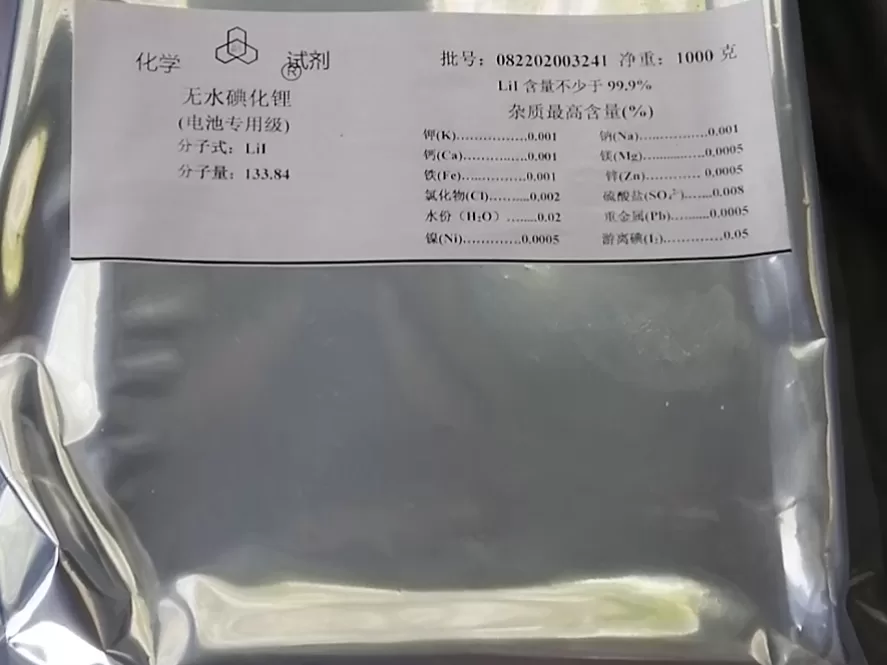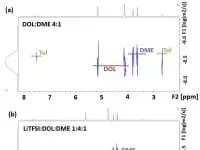Lithium Sulfide is white to yellow crystals, which have smell of sulfur. It is typical sulfide of lithium. It is stable at home temperature and pressure, however react with water sharply. Li2S tend to absorb moisture in air and oxidize. When heating to 200℃, Li2S react with iodine and form lithium iodide. It react with carbon in electric-arc furnace and form lithium carbide. Lithium metal and pure sulfur are the raw materials.
Li2S is an important compound in the field of energy storage, particularly in next-generation lithium-sulfur(Li-S) batteries, which are considered one of the most promising technologies for high-energy, lightweight batteries. With its ability to act as a stable cathode material , Li2S plays a crucial role in advancing battery technology for electric vehicles, portable electronics, and renewable energy storage systems. As industries push for greater energy density and lower environmental impact, Li2S offers a path toward batteries that can outperform traditional lithium-ion systems.



Lithium Sulfide
| CAS No.:12136-58-2 | EINECS No.:235-228-1 | Molecular Formula:Li2S | Molecular Weight:45.95 |
| Melting Point:900℃ | Density:1.66 | UN 2923 8/PG 2 |
Applications
Dilithium sulfide is mainly for lithium sulfur battery, which is potential electrolyte material for rechargeable lithium ion battery.
In lithium-sulfur batteries, Li2S is utilized as a cathode material, enabling the high-energy storage capabilities that make Li-S batteries attractive for applications requiring long-lasting power. Compared to lithium-ion batteries, Li-S batteries have a significantly higher theoretical energy density, enabling electric vehicles to achieve extended ranges and making portable electronics more efficient. Li2S’s ability to provide a high sulfur content while minimizing the polysulfide shuttle effect-a common issue in Li-S batteries that reduces lifespan-improves the performance, stability, and cycle life of the battery.
Dilithium sulfide also show potentil in grid-scale energy storage solutions. As renewable energy sources like solar and wind become more prevalent, there is an increasing need for efficient and scalable storage systems that can capture excess energy and release it when needed. Li-S batteries poweredby Li2S could provide a more suistainable and cost-effective solution for grid energy storage, ensuring a stable supply of renewable energy.
